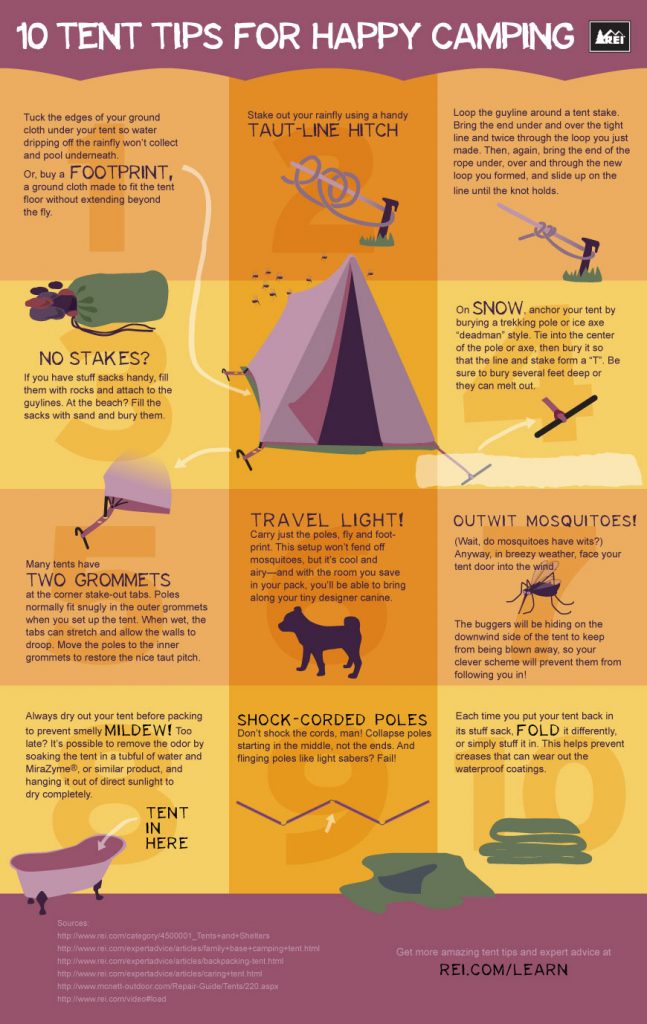Innovative Methods To Sell Camping Tents And Maintain Company Growth
Innovative Methods To Sell Camping Tents And Maintain Company Growth
Blog Article
Exactly How Vital Are Tent Footprints/Ground Cover?
Camping tent impacts are a great method to shield your camping tent floor from abrasions and prolong its functional life. Nearly all gear makers supply their own brand-specific impacts that are developed to match their certain outdoor tents models.
How do you get Mould off a bell tent?
This tailored approach supplies simplicity of setup and minimizes the danger of rainwater seeping in with the joints.
What are they?
Camping tent footprints (likewise referred to as outdoor tents ground sheets or under outdoor tents pads) give a layer of protection between the base of your camping tent and the outside atmosphere. They secure your outdoor tents from sharp items, wetness, and abrasive surface areas.
The majority of outdoor tents suppliers use their own branded footprints designed to fit perfectly with their designated sanctuary designs. However, these are commonly costly and reasonably heavy contrasted to DIY alternatives like Polycryo or Tyvek.
Footprints are normally made from resilient, waterproof materials such as polyurethane, nylon or silnylon. For ultralight backpackers looking for to reduce pack weight, there are also light-weight, high-strength choices made from Cuben Fiber (Dyneema). It is very important to choose an impact that's a little smaller sized than your outdoor tents to stop rainwater from trickling down the sides of your shelter and funneling below you while you sleep-- no one wants to get up in a pool! An impact is a worthwhile enhancement to any outdoor camping journey. It helps make certain a long life expectancy for your outdoor tents while including convenience and comfort.
How essential are they?
Camping tent impacts shield the base of your tent from abrasion and wetness, assisting to expand its life-span. They're usually made from water resistant and dirt-resistant products like polyethylene or a light-weight oxford polyester, though the denier of the fabric will vary (the greater the denier number, the thicker and burlier).
A lot of impacts are made to exactly match the shape of your camping tent's flooring, which aids minimize material waste. Numerous have grommets or loopholes where you can weave guylines for tension and stakes, making sure that the impact is firmly held back.
If you camp in rough terrain or areas where there's a lot of downed branches and sharp rocks, an outdoor tents footprint is well worth the added weight and bulk. However if you often camp in completely dry, sandy or rocky problems, a footprint might be excessive. A tarp is a much better choice because situation.
Do you generally load one?
If you're camping on a very level surface where rocks and sticks aren't a problem, an outdoor tents footprint possibly isn't necessary. If you are in the backcountry with a great deal of harsh surface, a footprint can make life much easier.
Footprints are typically sized somewhat smaller sized than the base of the outdoor tents. That's due to the fact that a larger footprint would catch rainfall glamping tent camping and channel it under the outdoor tents, where you could wake up in a pool.
However, footprints can be expensive and heavy if you buy one from the manufacturer of your tent (the Big Agnes Tiger Wall UL 2 impact, for example, costs $70 and evaluates six ounces). You can save money and weight by making your own DIY footprint by cutting a piece of Tyvek or other waterproof material to the precise measurements of your sanctuary. You can even add grommets for easy accessory. The primary advantage of an impact is that it helps to protect the floor of your backpacking tent from abrasive elements such as rocks and twigs.
Exactly how do you maintain them clean up?
A maker's impact can add considerable weight to your shelter system and if you're an ultralight backpacker trying to conserve every ounce, it might not be worth it. Therefore, lots of backpackers will certainly make use of a do it yourself groundsheet that's constructed out of something like Tyvek or Polycryo and cut it to size for their tent impact.
This alternative is reasonably inexpensive and will safeguard your camping tent from wetness, rocks, thorns, sticks, etc, while also helping to maintain all-time low of your camping tent dry.
If you do decide to acquire an impact, make sure it's designed especially for your particular camping tent as this will help reduce water pooling around the sides of your shelter. For example, if your camping tent footprint is as well huge and expands past the side of your rainfly, it will accumulate rains which can leak into lighter-weight outdoors tents and potentially wear down the floor. Make certain it fits your camping tent fairly well to avoid this.
Where can I pitch a tent?
